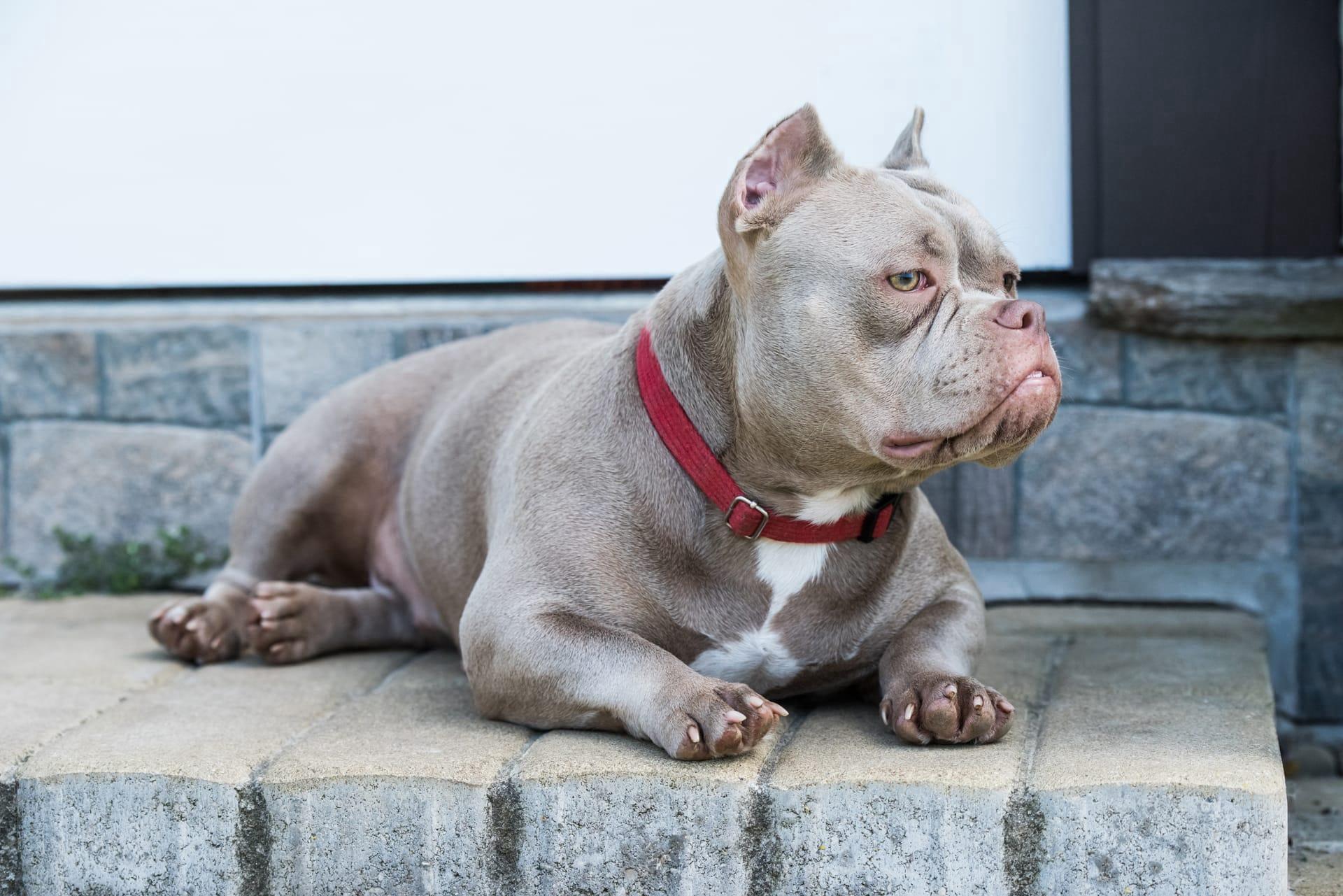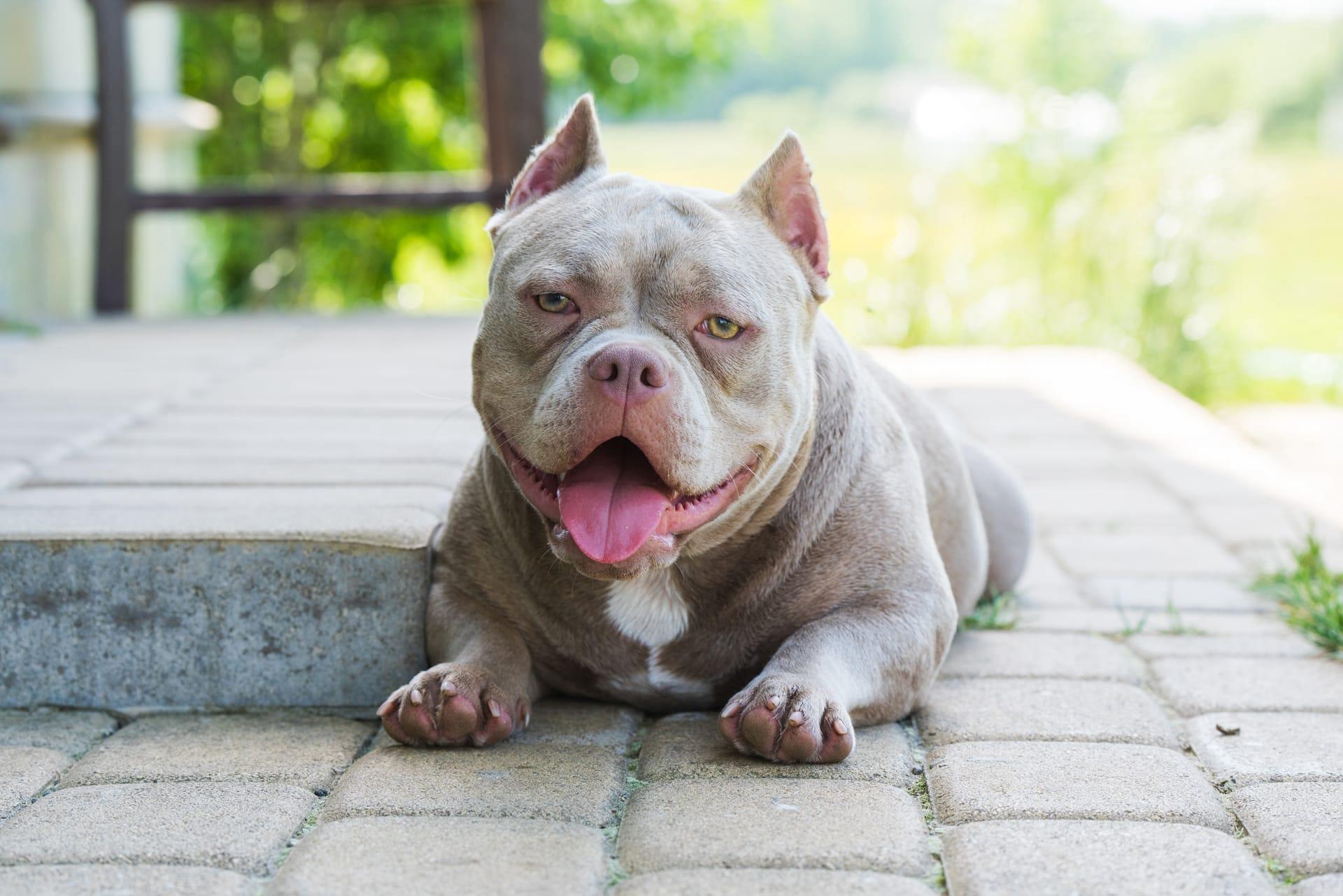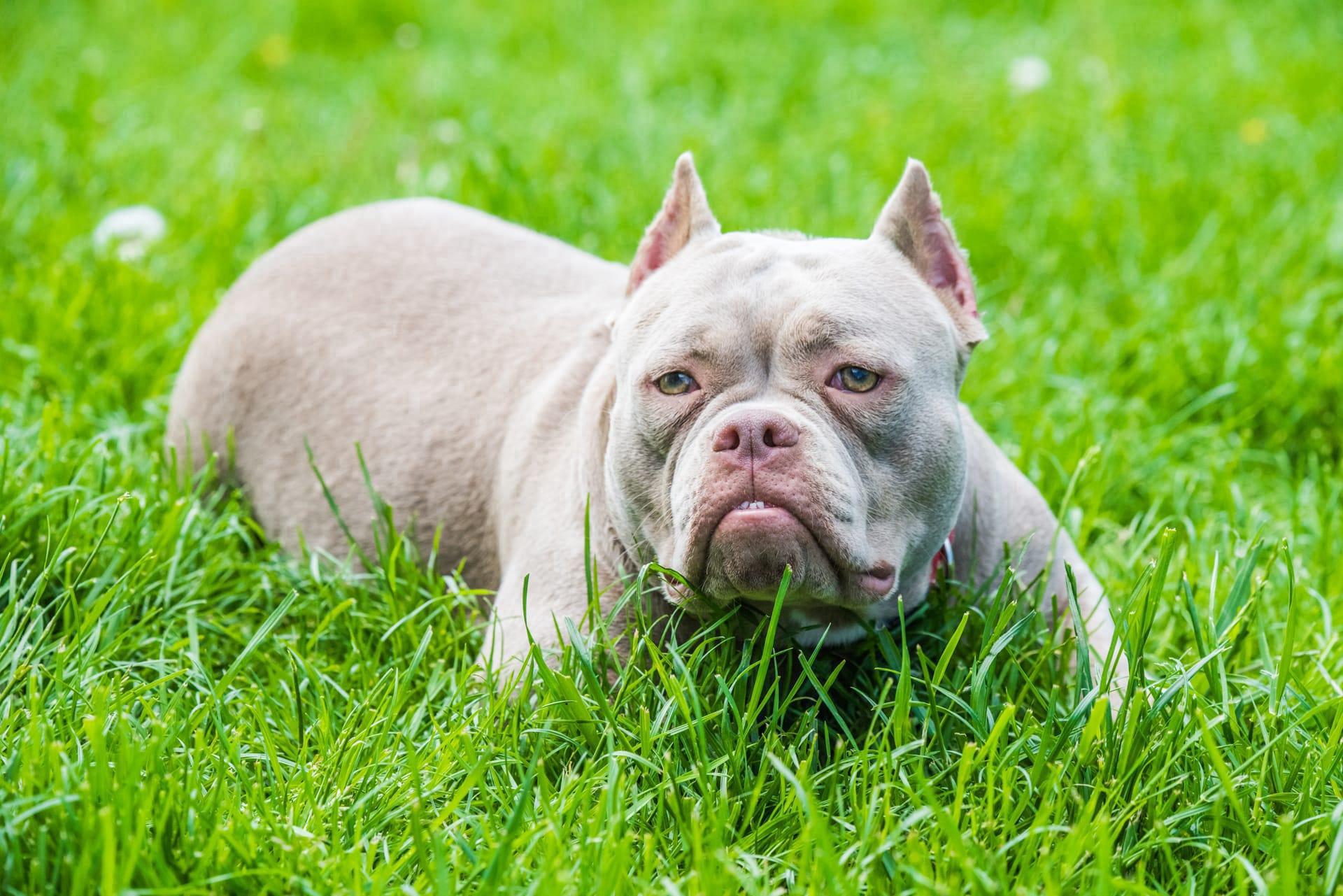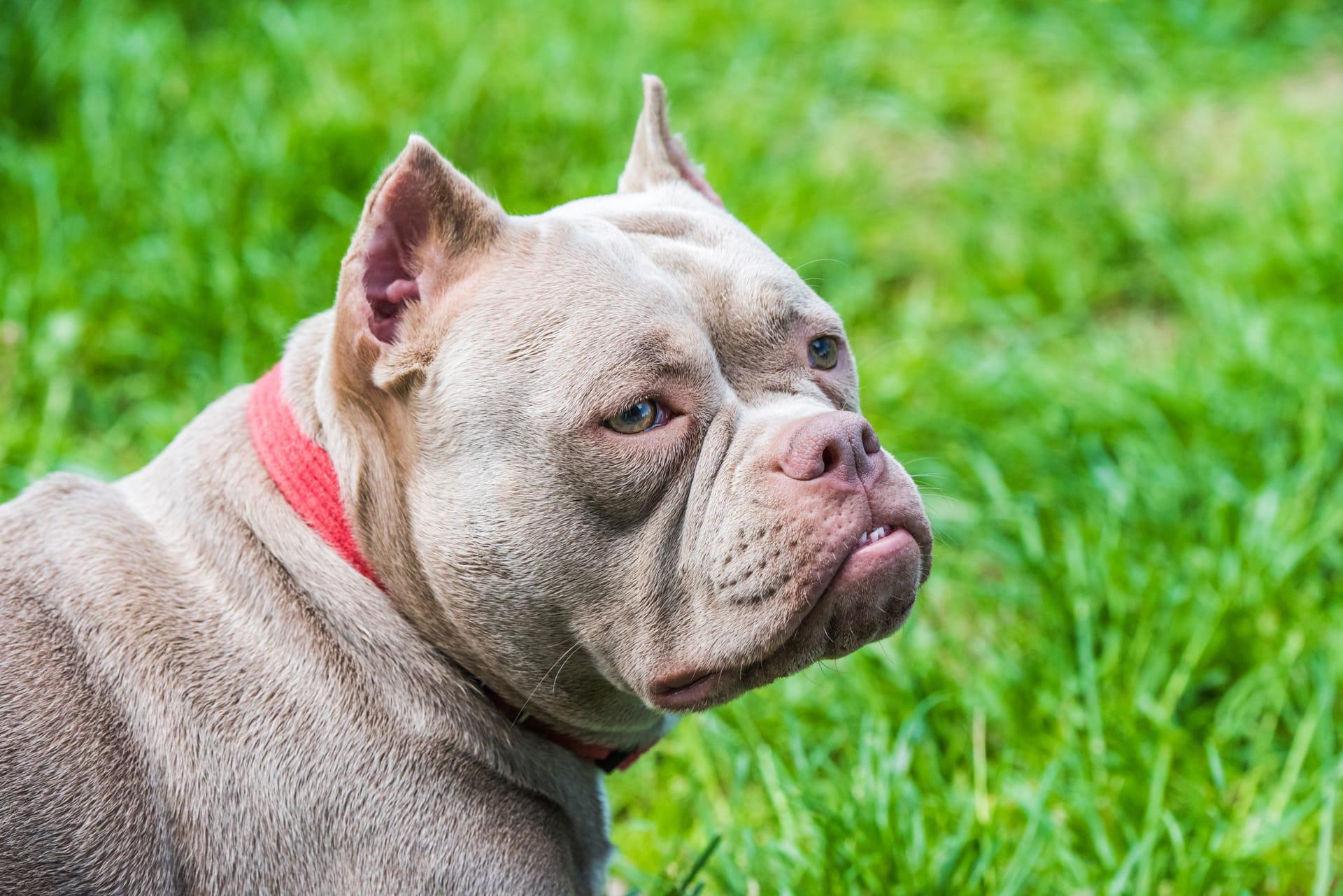Bulldog Characteristics
- Home /
- Mini Encyclopedia /
- Animal /
- Bulldog Characteristics
1
Bulldogs, with their unmistakable wrinkled faces and pushed-in noses, are medium-sized dogs that pack a lot of personality into a sturdy frame. Typically, these pooches stand about 14 to 15 inches tall at the shoulder and weigh in between 40 to 50 pounds, making them compact but muscular companions. Their lifespan, on average, ranges from 8 to 10 years, a duration during which they provide immense joy and companionship to their human families. The bulldog's distinctive appearance, characterized by a broad, squat stance and a formidable jaw, hints at their historical role in bull-baiting, a testament to their resilience and strength.
The most notable organ in a bulldog is undoubtedly its unique respiratory system, shaped by the dog's brachycephalic (flat-faced) skull structure. This anatomical feature results in a shorter than normal muzzle and an elongated soft palate, which can lead to distinctive snoring sounds and a susceptibility to breathing difficulties, especially in hot or humid weather. Despite these challenges, the bulldog's breathing apparatus enables it to possess a powerful bark and a remarkable ability to express a wide range of emotions through various snorts, grunts, and sighs, endearing them further to those who know and love this breed.

2
Question: Why do Bulldogs often have breathing problems, and how can they be managed?
Answer: Bulldogs' breathing challenges stem from their brachycephalic face structure, which includes a compacted nasal passage and an elongated soft palate. This conformation can lead to obstructions in the airway, making it difficult for them to breathe, particularly during vigorous exercise or in extreme temperatures. To manage these issues, it's crucial to maintain a healthy weight for your bulldog, avoid overheating by providing a cool, shaded environment, and limit exercise during hot weather. Regular veterinary check-ups can also help monitor and address any respiratory complications early on, ensuring a better quality of life for these lovable dogs.

3
Bulldogs are not known for their athletic prowess but rather for their leisurely strolls and fondness for lounging. Their exercise needs are moderate, requiring short walks to keep them fit and prevent weight gain, which can exacerbate their breathing difficulties. Due to their unique physique and stamina, it's important to monitor a bulldog during activity to ensure they don't overexert themselves, especially in warm weather when they are more susceptible to overheating.
When it comes to feeding, Bulldogs have a hearty appetite but can be prone to obesity if not monitored. A balanced diet tailored to their specific needs, considering their age, size, and activity level, is essential. Bulldogs often do better with two smaller meals a day instead of one large one, reducing the risk of bloat, a serious health issue. Given their propensity for weight gain, it's also important to keep treats to a minimum and opt for healthy, low-calorie options when possible.

4
Bulldogs thrive in loving home environments where they can be part of the family dynamics. They are well-suited to both apartment living and homes with yards, as long as they have cool, comfortable spaces to relax. Their moderate exercise requirements make them excellent companions for less active individuals or families. Bulldogs do best in temperate climates or in homes with air conditioning, as their brachycephalic features make them sensitive to extreme heat.
Reproduction in Bulldogs often requires human intervention, with many births occurring through Caesarean section due to the breed's broad head and shoulders. This aspect of bulldog care underscores the importance of responsible breeding practices to ensure the health and wellbeing of both the mothers and their puppies. Bulldog litters typically range from four to five puppies, each of which requires early socialization and care to grow into well-adjusted adult dogs.

5
Book: "The Bulldog Handbook: The Essential Guide for New and Prospective Bulldog Owners" by Linda Whitwam. This comprehensive guide offers insights into the bulldog breed, covering everything from their history and character to health issues and care tips. Whitwam's book is an invaluable resource for anyone considering adding a bulldog to their family, providing detailed advice on training, feeding, and maintaining the health and happiness of these unique dogs.
Book: "Bulldogs For Dummies" by Susan M. Ewing. Part of the popular "For Dummies" series, this book demystifies the process of living with and caring for Bulldogs. Ewing, with her straightforward and humorous approach, covers a wide range of topics, including the breed's history, personality traits, training challenges, and health care. It's an ideal read for both new and experienced bulldog owners, offering practical tips and engaging anecdotes that highlight the joys and challenges of bulldog ownership.